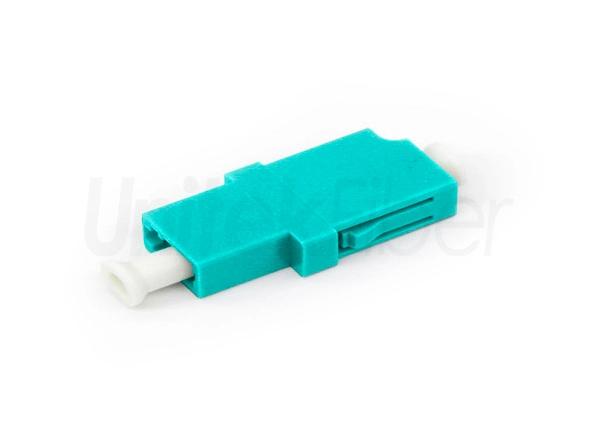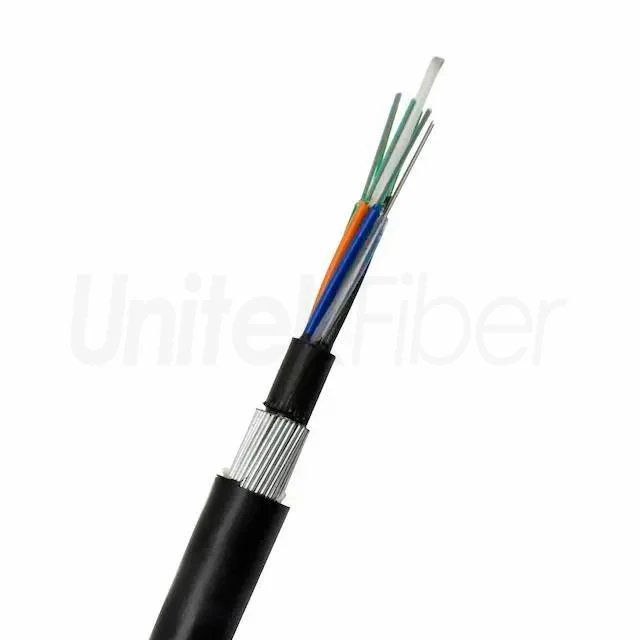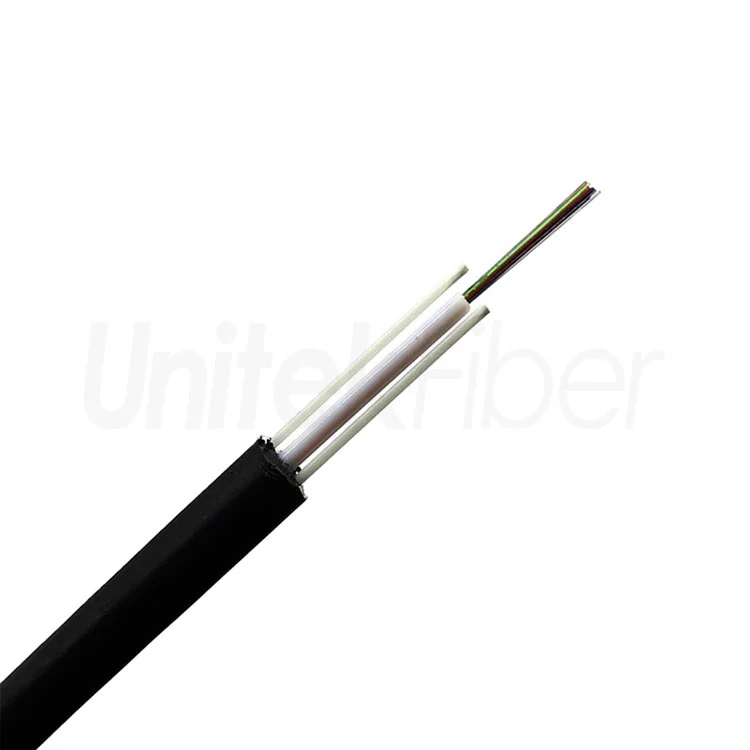
ADSS optical cable is an “additive” to the old line. ADSS optical cable can only adapt to the original line conditions as much as possible. These conditions include (but are not limited to) meteorological load, the strength and shape of the tower, the phase sequence arrangement and Diameter, sag tension, span and safety distance, etc. Although the appearance of ADSS optical cable is similar to ordinary "full plastic" or "non-metal" optical cable, it is two completely different products.
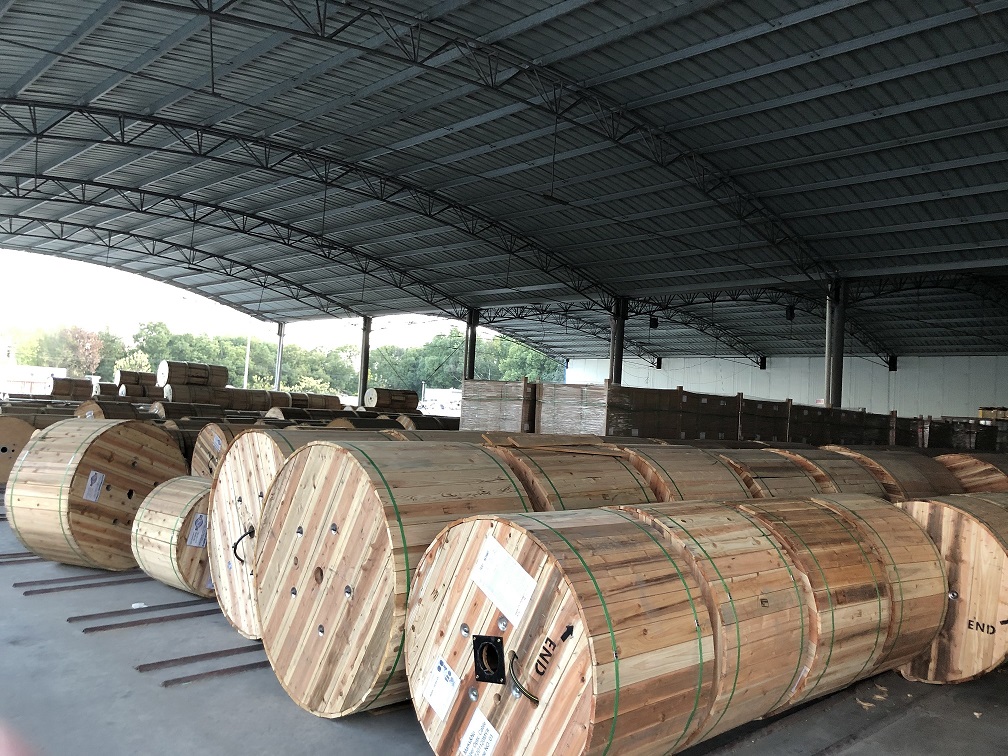
ADSS optical cables work in a large-span overhead, that means two-point support (usually hundreds of meters, or even more than 1 km). Which is completely different from the traditional concept of "overhead" ( an average of 0.4 meters span for optical cable ). Therefore, the main parameters of ADSS optical cables are in line with the regulations of power overhead lines. Today, we describe the detail parameters of ADSS optic cable. Then you will have an idea on how to test an ADSS optical cable.
1. Maximum allowable tension (MAT)
Refers to the tension on the ADSS cable when the total load is calculated theoretically under design weather conditions. Under this tension, the fiber strain should be ≤ 0.05% (stranded) and ≤ 0.1% (central tube) without additional attenuation. In layman's terms, the excess fiber length is just right at this control value. According to the parameters, weather conditions and the controlled sag, the allowable span of the ADSS optical cable can be calculated under this condition. Therefore, MAT is an important basis for the calculation of sag-tension-span, and also an important evidence for characterizing the stress-strain characteristics of ADSS optical cables.
2. Rated tensile strength (UTS/RTS)
Also known as ultimate tensile strength or breaking force, it refers to the calculated value of the sum of the strength of the load-bearing section (mainly counted as spinning). The actual breaking force should be greater than or equal to 95% of the calculated value (the breaking of any element in the adss optical cable is judged as cable breaking). This parameter is not optional, and many control values are related to it (such as tower strength, tensile hardware, anti-vibration measures, etc.). For the adss optical cable profession, if the ratio of RTS/MA T (equivalent to the safety factor K of overhead lines) is not appropriate, even if a lot of spun fibers are used, and the available optical fiber strain range is very narrow, the economic/technical performance ratio is very poor. Therefore, the author recommends that industry insiders pay attention to this parameter. Generally, MAT is approximately equivalent to 40% RTS.
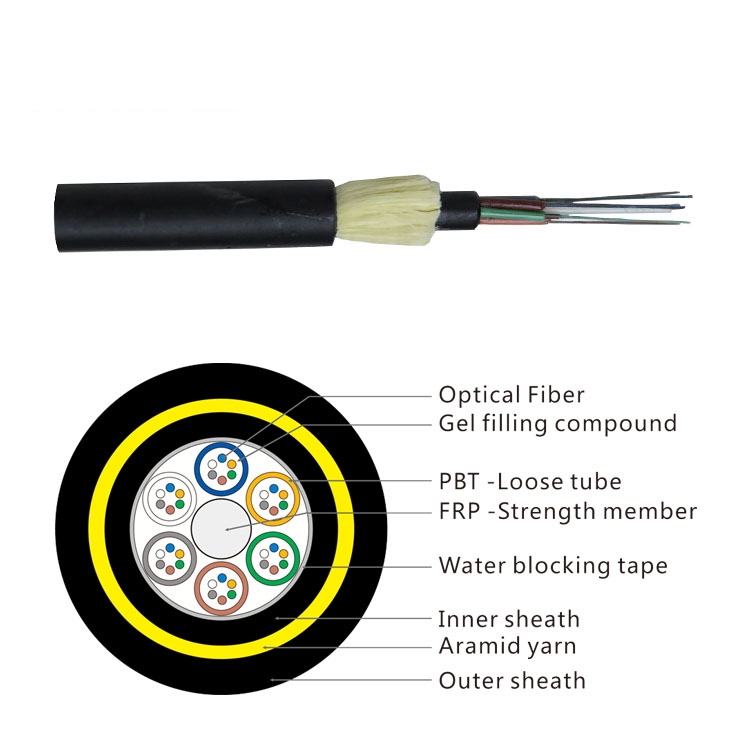
3. Annual average stress (AAS)
AAS is sometimes called daily average stress, which refers to the theoretical calculation of the tension on the ADSS optical cable under no wind, no ice and annual average temperature. It can be considered as the average stress of ADSS during long-term operation. AAS is generally (16~25)%RTS. Under this tension, ADSS optical fiber should have no strain and no additional attenuation, that is,the performance of ADSS optical cable is very stable. AAS is also the aging parameter of the optical cable, which determines the anti-vibration design of the ADSS cable.
4. Ultimate operating tension (UOS)
UOS is also known as special use tension, which refers to the maximum tension of the ADSS optical cable that may exceed the design load during the effective life of the optical cable. This means that the optical cable allows short-term overload, and the optical fiber can withstand strain within a limited allowable range. Generally, UOS should be >60% RTS. Under this tension, if the fiber strain is less than 0.5% (central tube) and less than 0.35% (layer stranding), additional attenuation will occur to the fiber, but after the tension is released, the fiber should return to normal. This parameter ensures the reliable operation of the ADSS optical cable during its life.
For more information about ADSS cable parameters test from professional fiber cable manufacturers, Unitek Fiber at sales@unitekfiber.com .We will try our best to support you.
,

